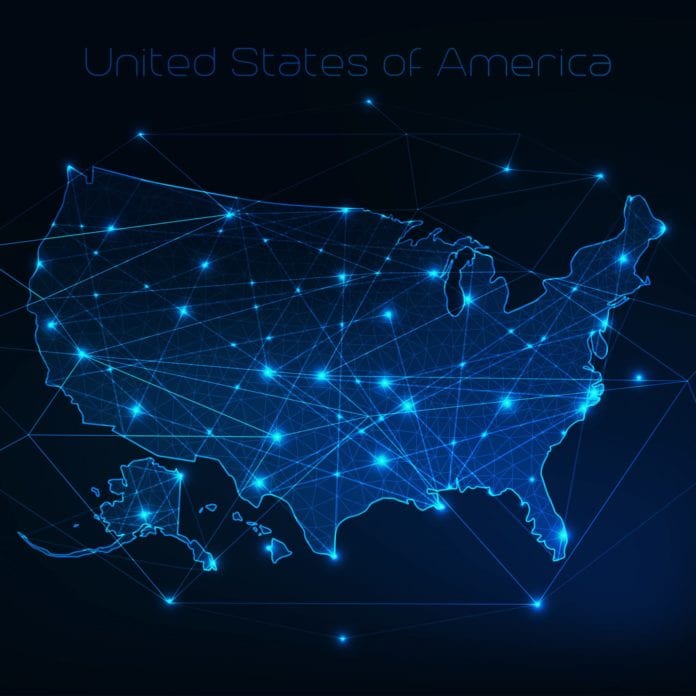Program will reimburse companies for discounts to low-income customers for broadband services and devices
Congress created a $3.2 billion Emergency Broadband Benefit Program aimed at helping more low-income customers get access to broadband during the coronavirus pandemic, and the Federal Communications Commission now has to put together the details of how that will work.
The emergency broadband measure, which was part of the Consolidated Appropriations Act of 2021 that was signed by President Donald Trump on December 27, directed the FCC to create the program, which would reimburse participating companies for providing discounted broadband service and connected devices to eligible households during the COVID-19 pandemic. The first step is for the FCC to put out a notice for public comment on the program, which it did on Monday.
“We’re excited to get to work on this new program, which responds to my call last June for Congress to fund a program to advance the Keep Americans Connected initiative that we launched when the pandemic started,” said FCC Chairman Ajit Pai in a statement. “The Emergency
Broadband Benefit Program will go a long way to ensuring that low-income American families and veterans are connected during the pandemic, and that students can engage in remote learning with support from the program’s funding for connected devices. Our staff is moving quickly to stand up this program so we can quickly direct funding to consumers who need the help, while also guarding against waste, fraud, and abuse. We look forward to getting public input on how best to structure this effort.”
Congress set out a few requirements that the program must be built around: Eligible telecom providers have to opt in to participating, and they have to provide low-income customers with a monthly discount of up to $50 per month ($75 per month on Tribal lands) on internet services; those discounts can be reimbursed under the program. Providers who also supply a laptop, desktop computer or tablet can receive an additional single reimbursement of up to $100; households can only receive one supported device.
The FCC is looking for public comment on a number of areas, including which providers can participate and what they would need to do to opt in; what services and devices should be eligible for reimbursement; how participating households should have their eligibility verified and tracked; how reimbursements should be structured; what rules are needed to make sure the program works on Tribal lands; and what the reporting requirements for the program should be, among others.
Comments on the program are due by January 25.

